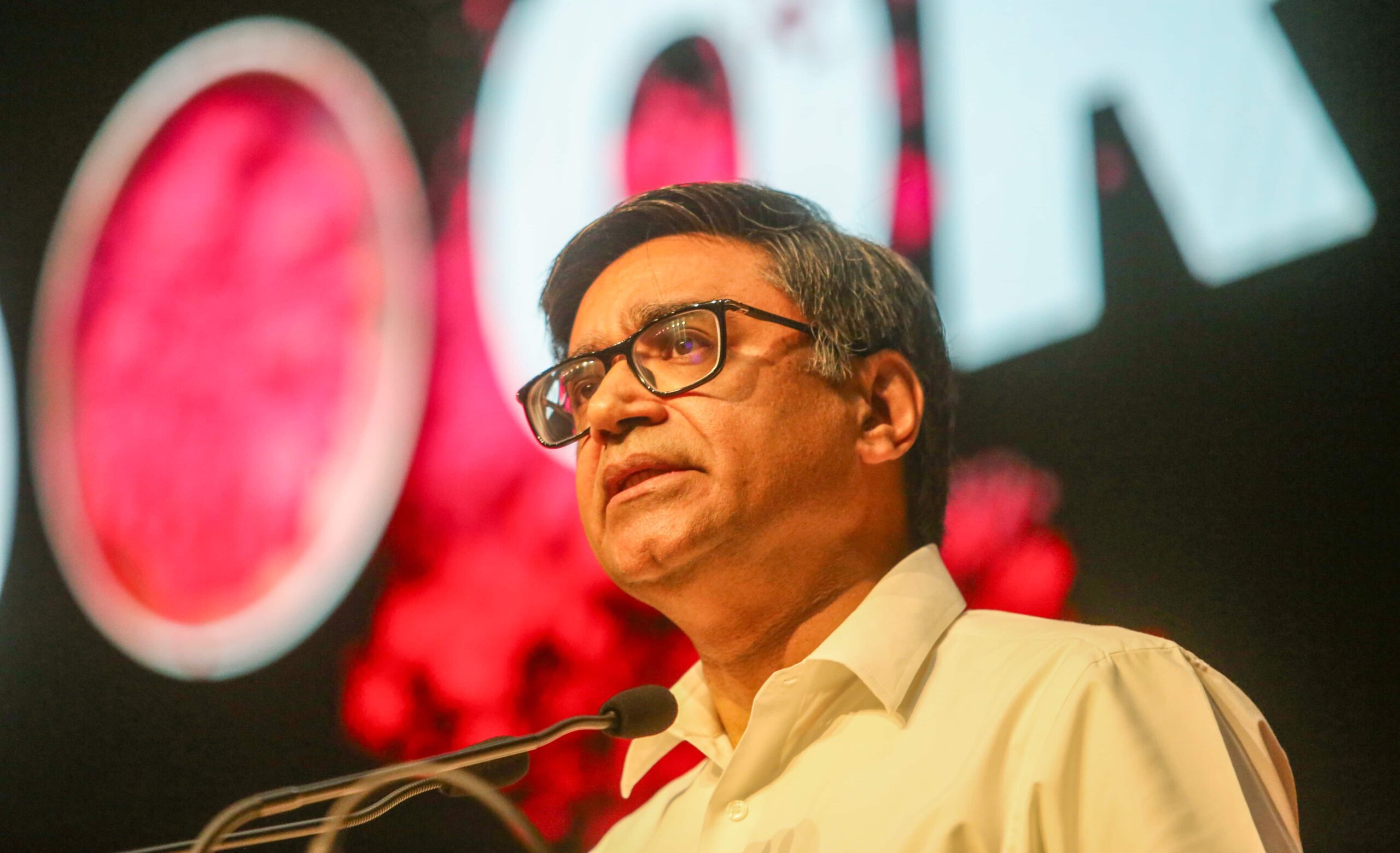Operation Sindoor News Latest Updates: Over 70 terrorists were killed in a series of missile strikes carried out by India across nine locations in Pakistan and Pakistan-Occupied Kashmir (PoK) early on Wednesday, in retaliation for the deadly terror attack on April 22 in Pahalgam, Jammu and Kashmir, IANS reported.
The counterstrike also left more than 60 terrorists injured across the nine target areas, including Muzaffarabad, Kotli, Bahawalpur, Rawalakot, Chakswari, Bhimber, Neelum Valley, Jhelum, and Chakwal. The strikes, carried out between 1:05 am and 1:30 am on Wednesday, were the result of a coordinated effort by the Indian Army, Navy, and Air Force, targeting key facilities, including the bases of Lashkar-e-Taiba (LeT) and Jaish-e-Mohammed (JeM) in both Pakistan and PoK.
At a press briefing held in New Delhi following the targeted strikes, Foreign Secretary Vikram Misri, Colonel Sofiya Qureshi from the Army, and Wing Commander Vyomika Singh from the Air Force outlined the operation’s objectives. Nine terror sites, five of them in PoK, were targeted with precision planning to minimize civilian casualties.
Colonel Sofiya Qureshi detailed the specific terror camps in PoK that were struck, including the Shawai Nallah Camp in Muzaffarabad, a LeT camp where terrorists responsible for multiple attacks, including the one in Pahalgam on April 22, 2025, were trained.
She also mentioned the Syedna Bilal camp in Muzaffarabad, a JeM staging area, and the Gulpur Camp in Kotli, 30 km from the Line of Control (LoC), which had been used to train terrorists involved in previous attacks, such as the 2023 Poonch attack and the 2024 pilgrimage bus attack. Additionally, the Barnala Camp in Bhimber was noted for its training in weapons, IEDs, and jungle survival.
Meanwhile, Wing Commander Vyomika Singh emphasized that Operation Sindoor was a direct retaliation for the April 22 Pahalgam attack, aimed at delivering justice for the victims. She revealed that Pakistan has maintained a complex terrorist infrastructure for over three decades, with 21 recruitment, indoctrination, and launch pad centres across Pakistan and PoK.
Operation Sindoor: Measured, non-escalatory response
Codenamed Operation Sindoor, the missile strikes were described by the Indian government as a “measured, non-escalatory, proportionate, and responsible” response to Pakistan’s long-standing support for cross-border terrorism. Foreign Secretary Vikram Misri confirmed that the targets were selected based on “credible intelligence inputs,” with a focus on dismantling terrorist infrastructure and neutralising terrorist threats. He added that the operation represented India’s right to respond to and pre-empt cross-border terrorism.
In addition to Misri, Colonel Sofiya Qureshi and Wing Commander Vyomika Singh underlined the precise nature of the operation, ensuring that civilian infrastructure and lives were protected. They emphasised that no Pakistani military facilities were targeted during the operation, which focused solely on terrorist camps and their infrastructure.
According to IANS report, Prime Minister Narendra Modi monitored the overnight operation closely, ensuring its success and precision. India has made it clear that the strike was a direct response to those responsible for the Pahalgam attack and that they would be held accountable.
(With inputs from agencies)
“We have demonstrated considerable restraint in the selection of targets and the method of execution,” India said in a statement. “Our actions were focused, measured, and non-escalatory in nature. We are living up to our commitment that those responsible for the attack will be held accountable.”
Anurag Dhole is a seasoned journalist and content writer with a passion for delivering timely, accurate, and engaging stories. With over 8 years of experience in digital media, she covers a wide range of topics—from breaking news and politics to business insights and cultural trends. Jane's writing style blends clarity with depth, aiming to inform and inspire readers in a fast-paced media landscape. When she’s not chasing stories, she’s likely reading investigative features or exploring local cafés for her next writing spot.






